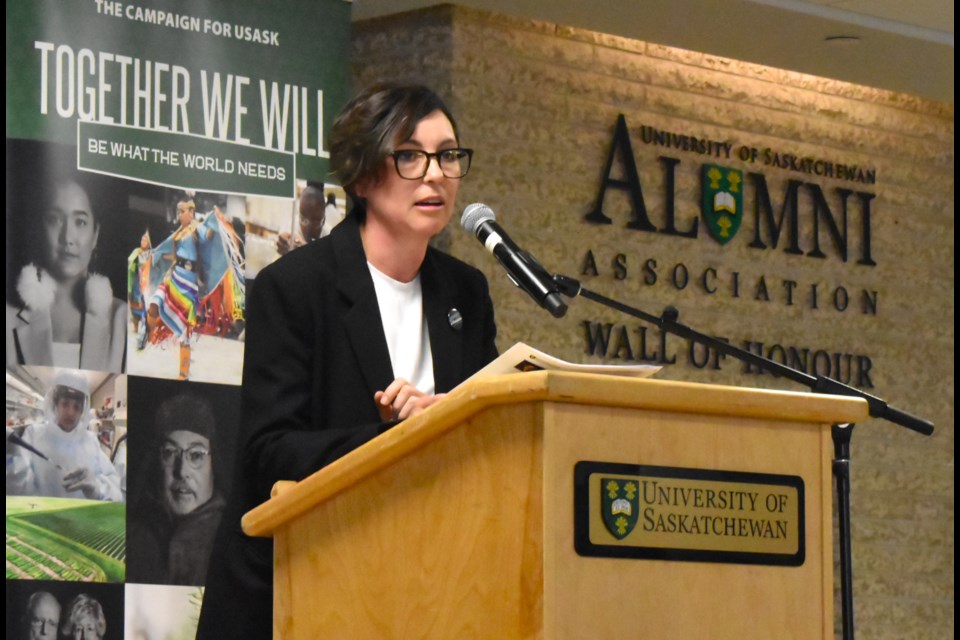Just last year Rella Abernathy was crying about the Dangers of Glyphosate and its inert ingredients, now she is injecting Glyphosate into plants along the waters edge.
————————————————-
Boulder begins battle with Japanese knotweed
The city of Boulder is doing battle this week with a bamboo-like weed that has recently gained a troublesome foothold along the banks of Boulder Creek.
City staffers began work Monday chopping down Japanese knotweed — which thrives along waterways and which can grow up to 10 feet tall — and then painstakingly injecting each of the many remaining stalks with an herbicide. The work will continue throughout the week, weather permitting, and into next week as needed.
“It’s just starting to show up in the state in various locations,” said Rella Abernathy, integrated pest management coordinator for the city. “We’re seeing it show up along the creeks here. While the populations are still relatively small, we’re trying to get a hold of them.”
Japanese knotweed, which has thick, spade-shaped leaves, has wreaked havoc in areas of the country with wetter climates, including in the Northwest. Aside from crowding out native vegetation and negatively impacting native riparian ecosystems, Japanese knotweed, which is native to Asia, can cause structural problems for buildings. The plants’ roots can pry apart weaknesses in concrete and asphalt.
The problem has become so bad in the United Kingdom that people have been denied mortgages for properties where the weed grows.
“It’s pretty serious stuff,” said George Beck, a weed scientist at Colorado State University.
Even so, Beck said he’s less concerned about Japanese knotweed than some other invasive species that are also gaining a foothold in Colorado, especially yellow starthistle. The difference is that yellow starthistle flourishes in drier, or more xeric, environments, while knotweed may be limited in arid Colorado to riparian zones.
“I am not nearly as concerned about it as I am some other plants that are a little bit more xeric in nature,” Beck said.
Still, the Colorado Department of Agriculture, which oversees statewide weed management, isn’t taking any chances. The department will discuss later this month whether to designate Japanese knotweed as a “list A” species. List A species, which now include 18 weeds, are required to be destroyed by state statute.
“List A, from a legal standpoint, requires eradication statewide,” said Eric Lane, director of conservation services for the Colorado Department of Agriculture. “That implies a couple of things: It’s rare enough that you can get your arms around any given patch of the species in the state and that we have the technology — the ability — to actually eradicate the size patches that are out there.”
In the case of knotweed, department staffers feel that the population may still be small enough to knock completely out. But eradication of knotweed isn’t easy. The plant can reproduce from just a small piece of stem, so the entire plant must be killed. Trying to pull up the plant or dig one out that’s growing near the streambed can cause erosion and allow pieces of the stem — known as rhizomes — to escape downstream, further spreading the plant, Abernathy said.
So Boulder staffers have chosen to cut the plants down and then inject a type of glyphosate herbicide that’s been formulated for aquatic use into the stalks.
“Normally, in Boulder, we try not to treat (with herbicides) along the creek corridors,” Abernathy said. “We got permission from the city manager to make a special exemption for the treatment of Japanese knotweed, and the specific product we’re using is labeled for use in riparian areas.”
The areas that are targeted for treatment will be signed 24 hours in advance, Abernathy said. Information on herbicide application is also updated on the city’s pesticide hotline at 303-441-3400.
Contact Camera Staff Writer Laura Snider at 303-473-1327 or sniderl@dailycamera.com.
via Boulder begins battle with Japanese knotweed – Boulder Daily Camera.
![]()






The Pesticide Truths Web-Site has also compiled more information about GLYPHOSATE …
● Don Huber Discredited by His Own University and his Claims REFUTED by REAL Experts
● LACK OF CREDIBLE SCIENTIFIC EVIDENCE from West Coast Environmental Law and Josette Weir
● Health Canada Consumer Product Safety Re-Evaluation Note REV2010-02 Glyphosate
● Glyphosate Is SCIENTIFICALLY SAFE
Please go to the following link …
https://pesticidetruths.com/toc/glyphosate/
WILLIAM H. GATHERCOLE AND NORAH G
NORAHG is the National Organization Responding Against HUJE that seek to harm the Green space industry.
NORAHG is a NATIONAL NON PROFIT NON PARTISAN organization that does not accept money from corporations or governments or trade associations, and represents NO VESTED INTERESTS WHATSOEVER.
NORAHG is dedicated to reporting the work of RESPECTED and HIGHLY RATED EXPERTS who promote ENVIRONMENTAL REALISM and PESTICIDE TRUTHS.
https://pesticidetruths.com/